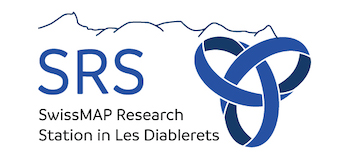Speaker
Description
Recently, due to tremendous progress in materials synthesis the family of strongly-correlated systems exhibiting superconductivity has been extended substantially, e.g., through the experimental study of magic-angle bilayer graphene and other graphene-based heterostructures, and more. Yet, the origin of the superconducting pairing mechanism(s) in these materials is far from being clear as both, Coulomb interactions and electron-phonon couplings can become sizable. This brings a long-standing question back to our attention, namely, what is the interplay between electron-electron and electron-phonon interactions in strongly-correlated electron systems on a lattice. The functional renormalization group is a prime tool to approach this problem as it allows us to treat all interaction channels on equal footing. To explore the interplay of Coulomb and electron-phonon interactions, however, retaining frequency dependencies of the vertices and the self-energy is required, which requires the development of efficient algorithms. Here, we report on the development of a physically transparent, accurate, and efficient fRG scheme based on single boson exchanges. As a paradigmatic study, we explore the Hubbard-Holstein model on the square lattice. Concretely, we can quantitatively compare to recent numerical studies at half filling, but also extend our analysis to regions away from half filling, which are inaccessible to quantum Monte-Carlo simulations. In the spirit of “fluctuation diagnostics”, we explore directly the influence of phonons on the electronic susceptibilities at half-filling and at finite doping. By reconstructing the phonon-self energy, we also investigate the effect of electrons on the phonons and the lattice.

